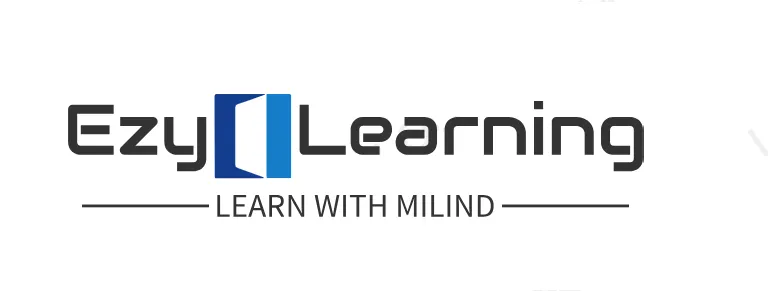Demystifying Bit Masking: Unlocking the Power of Bitwise Operators in C-Language with best Examples.
“Unless you try to do something beyond what you have already mastered, you will never grow.” – Ralph Waldo Emerson
Introduction:
Have you ever wondered how you can manipulate specific bits in a binary number? Bit masking using bitwise operators in C-language allows you to do just that. In this blog post, we will dive into the world of bit masking, exploring the techniques, real-world examples, and the power it unleashes. Get ready to unlock the full potential of bitwise operators!
Understanding Bit Masking and its Importance
Bit masking is a powerful technique in C-language that enables us to manipulate specific bits in a number. By using logical bitwise operators like AND, OR, and XOR, we can set, reset, or reverse desired bit positions. With bit masking, you have the ultimate control over individual bits, giving you the ability to perform complex operations efficiently. Let’s explore some real-world examples to understand it better.
Real-World Examples of Bit Masking
Imagine you have a number representing various settings in a game. You want to check if a specific setting is enabled or disabled in that number. Bit masking allows you to do this with ease. By using the bitwise AND operator, you can mask out all the other bits and check the value of a specific bit. This technique is commonly used in game development, network protocols, and device driver programming.

How to Perform Bit Masking in C-Language
Performing bit masking in C-language involves a few simple steps. First, convert the number to its binary representation. Then, create a mask with zeros and ones, where each one represents a specific bit position you want to manipulate. Finally, apply the bitwise AND, OR, or XOR operation between the number and the mask to achieve the desired result. let’s see the steps in action through a coding example.
Coding Example: Toggle Specific Bits using XOR
Let’s say we have a number 37 (binary: 00100101) and we want to toggle the 2nd and 4th bit. To achieve this, we create a mask 00010100 and perform the XOR operation between the number and the mask. The result will be 00110001, where the 2nd and 4th bits are flipped. Bit masking with XOR provides an elegant solution for toggling bits, making it a handy technique in various applications.
Takeaways: Embracing the Power of Bit Masking
Bit masking using bitwise operators opens up a world of possibilities in C-language. By mastering this technique, you can efficiently manipulate individual bits, enabling you to solve complex problems with precision. Whether it’s working with game development, optimizing network protocols, or diving into device driver programming, bit masking will be your trusted ally. So, embrace the power of bitwise operators and unlock the true potential of bit masking!
Conclusion:
Bit masking using bitwise operators in C-language is a game-changer when it comes to manipulating specific bits in a binary number. With the ability to set, reset, or reverse desired bit positions, you have the ultimate control over your data. By understanding the concepts, exploring real-world examples, and applying them in your code, you can unleash the power of bit masking. So, go ahead, dive into bitwise operators, and elevate your programming skills to the next level!
Introduction to Bit Masking using Bitwise Operators in C-Language
Video Highlights
✦ Masking is a process in which a given bit pattern is transformed into another bit pattern using logical bitwise operators in C language. [02:50]
✦ Bit masking is a technique used in C-language to manipulate specific bits in a number. [05:40]
✦ Bit Masking is a technique to set or fix specific bits to zero in a binary number. [08:30]
✦ Performing bit masking using bitwise operators in C-language. [11:20]
✦ Bit Masking is used to convert specific bits in a number to either 0s or 1s using bitwise operators. [17:00]
✦ Bit masking is used to manipulate specific bits in a number. [19:50]
✦ Bit Masking allows for manipulating specific bits in a binary number. [22:33]
- XOR operation can be used to toggle bits
- Using a mask, specific bits can be flipped while preserving others.
